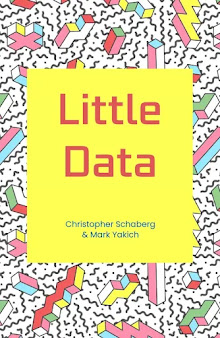Untitled, (c) Roger Hiorns
This coming May I am teaching an intensive two-week seminar at Loyola on Nature Writing. I'm planning this course as I finish my new book, Searching for the Anthropocene. One of the strange things about thinking with the Anthropocene is that, as Bruno Latour and many others have pointed out, the terms 'Nature' and 'Culture' no longer hold up as distinct, discrete categories. Nature constantly collapses into Culture, and Culture turns out to be shot through with Nature. Is there even a 'subject' in this class, if we can't look at trees or birds and simply categorize them Nature? Or if we look down at ourselves, our own hands typing these very words on a weirdly illuminated metal and plastic box, and find ourselves unable to identify this operation as indisputably Culture? (An eyelash is lodged between the T and the Y keys; a minuscule insect is bumping against the glowing screen.) Latour calls this all Nature/Culture, but for this class we're going to linger on the 'Nature' side of this combine, and agitate it.
Nature Writing of course has long and fascinating literary traditions, and in my class we'll read some of the foundational texts, practice the forms & styles, and learn to identify the aesthetic trends and tricks that come from this archive. But then we'll also complicate this whole genre, and push ourselves to wonder what Nature Writing even is, once we've admitted the problem of the Anthropocene—a problem which implicates us and infiltrates the cracks of things at every turn.
Nature Writing of course has long and fascinating literary traditions, and in my class we'll read some of the foundational texts, practice the forms & styles, and learn to identify the aesthetic trends and tricks that come from this archive. But then we'll also complicate this whole genre, and push ourselves to wonder what Nature Writing even is, once we've admitted the problem of the Anthropocene—a problem which implicates us and infiltrates the cracks of things at every turn.
Loyola's new May-term is a perfect space–time for experimenting with this topic. I plan to teach Nature Writing as a concentrated two-week course in the following format: We will spend the first week close reading and discussing a range of texts that provide students a basis in environmental literature and aesthetics, as well as in ecological thought. In that first week students will give presentations on the readings, by way of grasping the contours of these traditions and concepts. Students will also experiment with pithy forms of writing to try out, in their own words, what we are studying. We will then treat the second week as a workshop in which we travel to different locations around New Orleans and practice Nature Writing and eco-criticism: observing and documenting various landscapes and ecosystems while writing about the places we visit, along one dirty coast in the anthropocene. Destinations for the second week may include Audubon Park, The Fly (Mississippi River), City Park, Mid-City (the urban landscape), Louis Armstrong airport (urban liminal space), and possibly Jean Lafitte National Park. By the end of the second week, the students will have finished and pitched their work (creative or critical) to public venues for potential publication. As a Creative Arts & Cultures course, the course will be of use to students in need of a core requirement, but it will also be useful for English majors and minors, as well as for Environment Program majors and minors.














